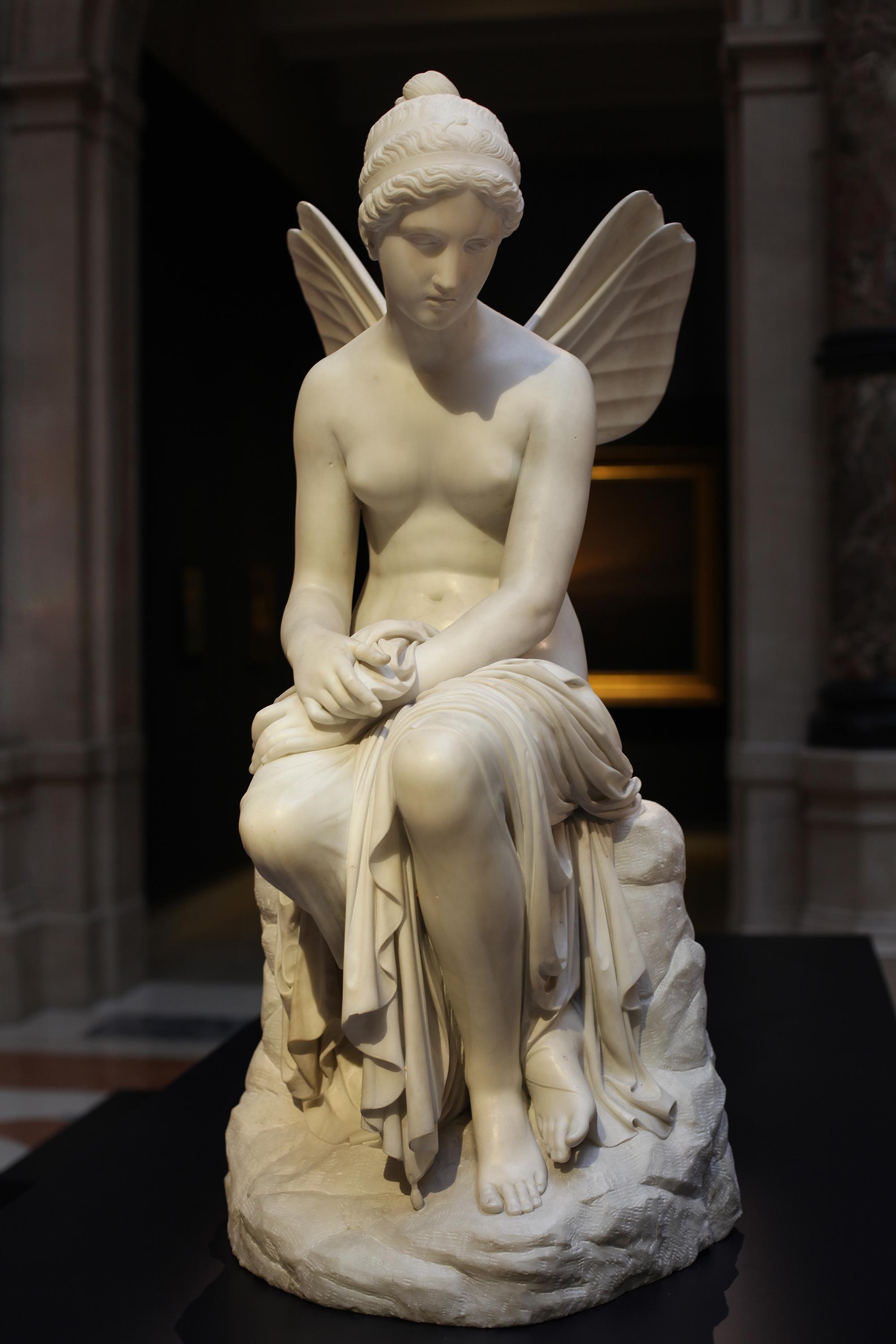In the ever-evolving landscape of modern cinema, actors are continually challenged to bring depth and authenticity to increasingly complex roles. The journey from script to screen is a meticulous process that demands more than just talent; it requires a strategic blend of research, technique, and psychological insight. As audiences become more discerning, the pressure on actors to deliver genuine and nuanced performances intensifies. This article delves into the multifaceted approaches that actors employ to embody their characters, examining the intricate balance between personal experience and professional craft. By analyzing contemporary methods and the transformative power of preparation, we uncover the secrets behind some of the most compelling performances in recent film history.
Understanding the Characters Psyche
To delve into the intricate layers of a character’s mind, actors often embark on a journey of deep exploration and introspection. This process involves understanding the character’s motivations, fears, and desires. Actors frequently employ techniques such as:
- Method Acting: Immersing themselves in the character’s world by adopting their lifestyle, speech, and mannerisms.
- Psychological Profiling: Analyzing the character’s background and emotional triggers to portray authentic responses.
- Emotional Memory: Drawing from personal experiences to connect with the character’s emotional state.
These strategies allow actors to transform on screen, making the audience believe in the authenticity of their performance. The modern actor’s ability to navigate these complex psychological landscapes not only enhances their craft but also elevates the storytelling experience, offering viewers a profound connection to the narrative.
Mastering Physical Transformations
Actors undergo remarkable transformations to embody their characters, often requiring intense physical changes. These transformations aren’t just about altering appearances; they involve a holistic approach to embodying the role fully. Diverse techniques are employed, tailored to the demands of each character.
- Customized Training Regimens: Actors collaborate with personal trainers to design specific workout plans, focusing on muscle building, weight loss, or endurance training.
- Nutritional Adjustments: Dietitians craft meal plans to support the physical demands of the role, ensuring the actor maintains energy levels and achieves desired physical changes.
- Skill Acquisition: From learning martial arts to mastering a musical instrument, actors often immerse themselves in new disciplines to add authenticity to their portrayals.
Mental resilience plays a critical role as well. The psychological impact of extreme physical transformation can be significant, requiring actors to employ mindfulness techniques, meditation, and even therapy to maintain mental well-being throughout the process. By integrating these elements, actors not only transform physically but also enhance their performance, bringing depth and realism to their characters.

Immersive Research Techniques
In the realm of cinema, actors often employ to breathe life into their characters. These methods go beyond traditional script reading and memorization, delving into the psyche and environment of the role they are set to portray. Actors may engage in a variety of practices, such as:
- Method Acting: Fully embodying the character’s lifestyle, often for extended periods, to internalize their experiences.
- Field Research: Spending time in real-world settings that mirror their character’s environment, gaining firsthand insights into daily routines and social interactions.
- Workshops and Training: Participating in specialized workshops, such as combat training or dialect coaching, to enhance authenticity.
These techniques allow actors to develop a profound connection with their roles, transforming their performances into a genuine reflection of human complexity. By immersing themselves in the character’s world, actors not only enhance their own understanding but also bring a richer, more nuanced portrayal to the screen.

Collaborative Rehearsal Strategies
- Shared Character Development: In modern filmmaking, actors often engage in collaborative character development sessions. These gatherings allow cast members to delve deep into their characters’ backstories and motivations together, fostering a shared understanding of the narrative. By discussing their interpretations and insights, actors can build a cohesive on-screen chemistry that enhances the storytelling. This approach not only aligns individual performances but also uncovers hidden layers of the script that might otherwise go unnoticed.
- Improvisational Workshops: Improvisation has become a key tool in exploring complex roles. Directors frequently organize workshops where actors can experiment with their characters in unscripted scenarios. These sessions encourage spontaneity and help actors discover authentic reactions and emotions. By stepping outside the confines of the script, performers can bring a raw, dynamic energy to their roles, often leading to unexpected and compelling moments that enrich the final performance.

